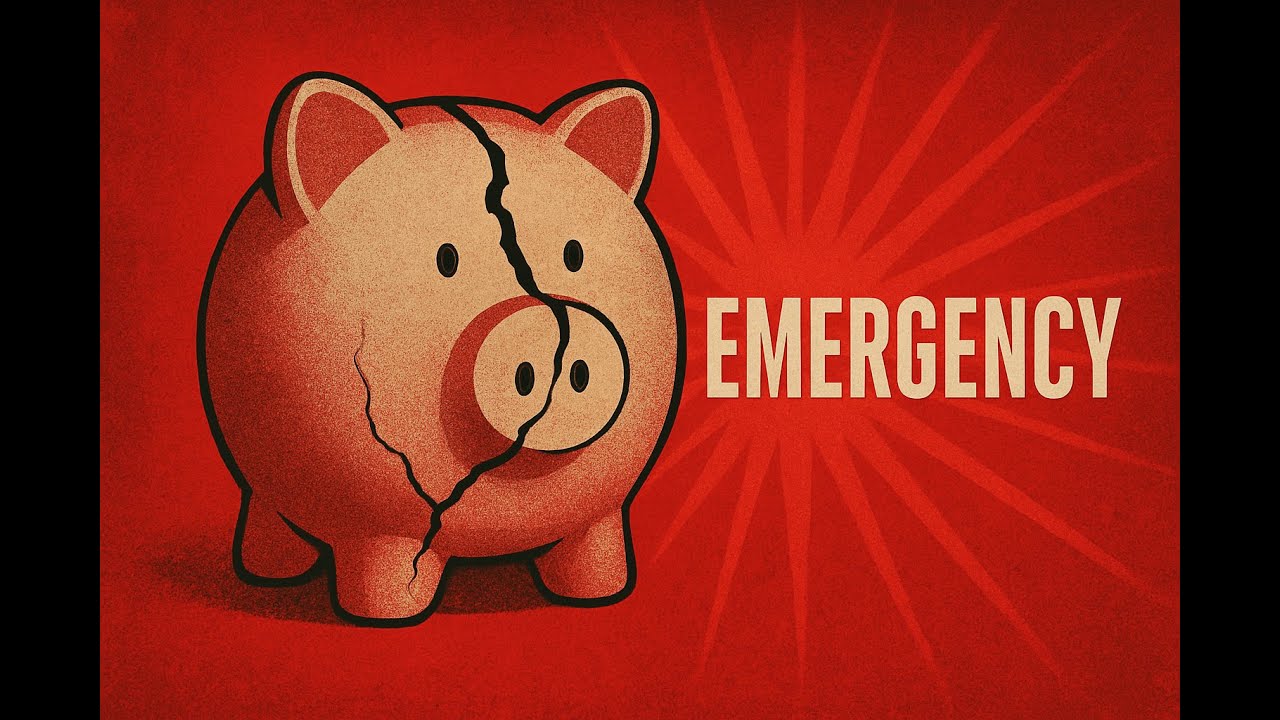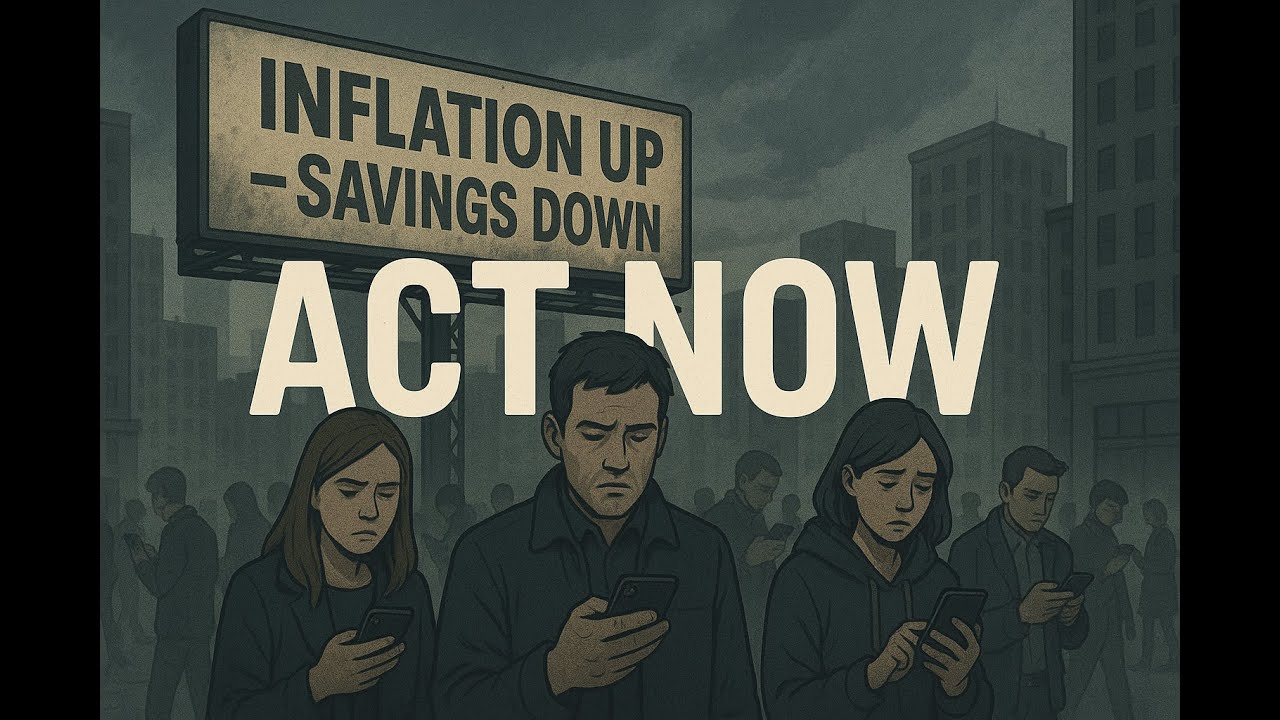Credit Card Hacks That Ruin You
Discover how common credit card hacks like minimum payments and balance transfers can cost you thousands and trap you in debt. Learn how to protect your financial future.
Loading video...
Credit Card Hacks That Ruin You: Unmasking the Traps Keeping You in Debt
Credit cards can feel like a lifesaver, offering convenience and rewards that seem to make spending smarter. But what if I told you that some of the credit card "hacks" you're relying on right now could actually be costing you thousands of dollars without you even realizing it? These strategies, often shared by well-meaning friends or flashy ads, are cleverly designed traps from the credit card industry to keep you paying interest while thinking you're being savvy.
In this article, inspired by insights from Start With Cents, we’ll dive into the most common credit card pitfalls and explain how they quietly destroy your financial future. From the illusion of minimum payments to the sneaky balance transfer offers, you’ll learn how to break free and take control of your money.
Table of Contents
-
The Minimum Payment Illusion: Why Paying the Bare Minimum is a Financial Disaster
-
[Frequently Asked Questions (FAQ)](#frequently-asked-questions-(faq)
The Minimum Payment Illusion: Why Paying the Bare Minimum is a Financial Disaster
Making only the minimum payment on your credit card might feel like smart money management. You pay just enough to stay in good standing, keeping cash free for bills, emergencies, or weekend fun. It sounds reasonable—why tie up your money when you can pay the smallest amount possible?
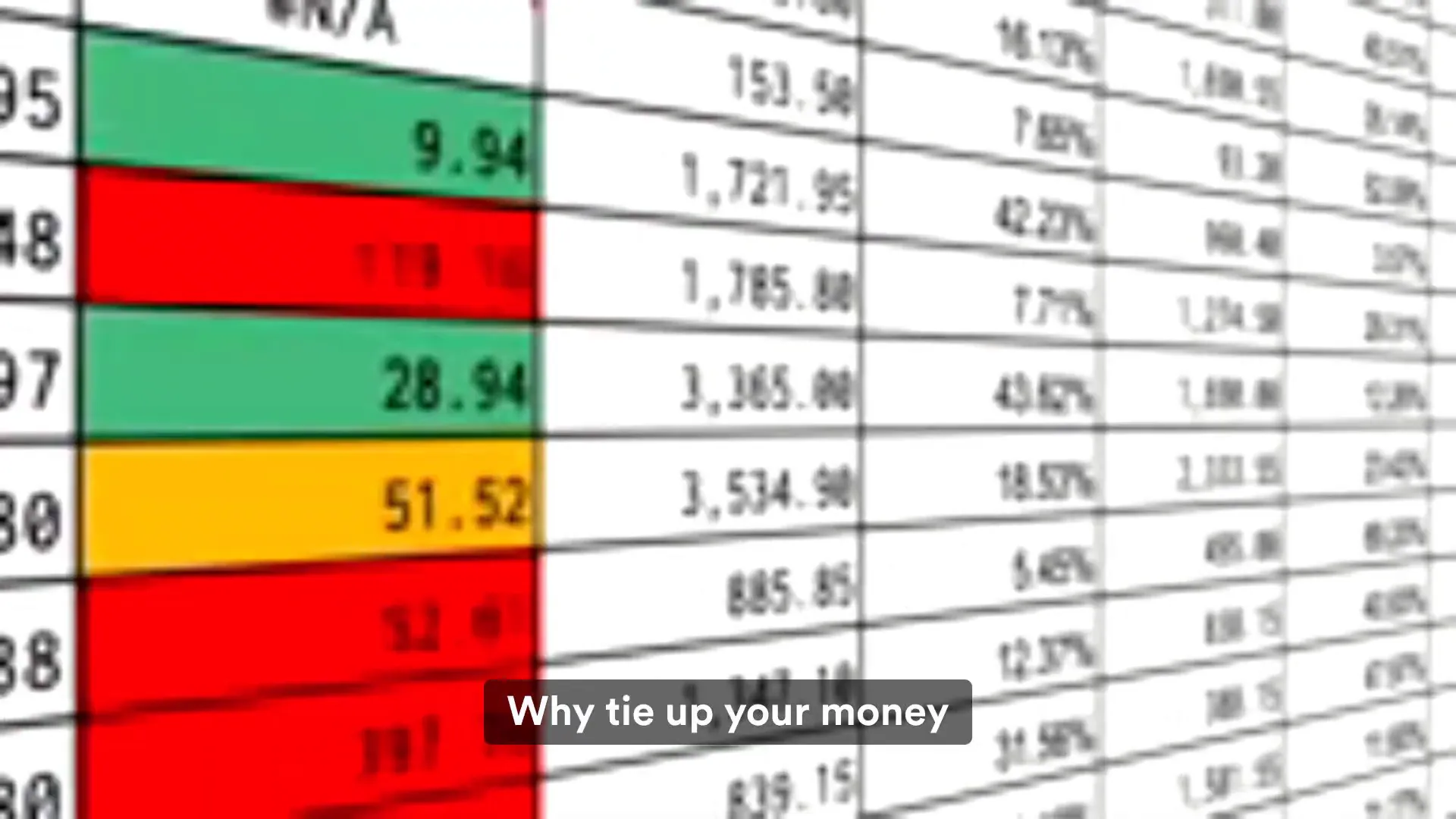
Here’s the harsh truth: minimum payments are designed to keep you paying forever. They are not there to help you manage your cash flow. Credit card companies want you trapped in a cycle where your debt barely shrinks because most of your payment goes toward interest, not the actual balance.
Let’s break down a real example. Suppose you bought a $500 laptop last year on a card charging 18% interest. The minimum payment might be around 2% of your balance, roughly $10 a month. But nearly all of that goes toward interest, with just a tiny fraction reducing your principal. This means repayment could stretch into years or even decades.
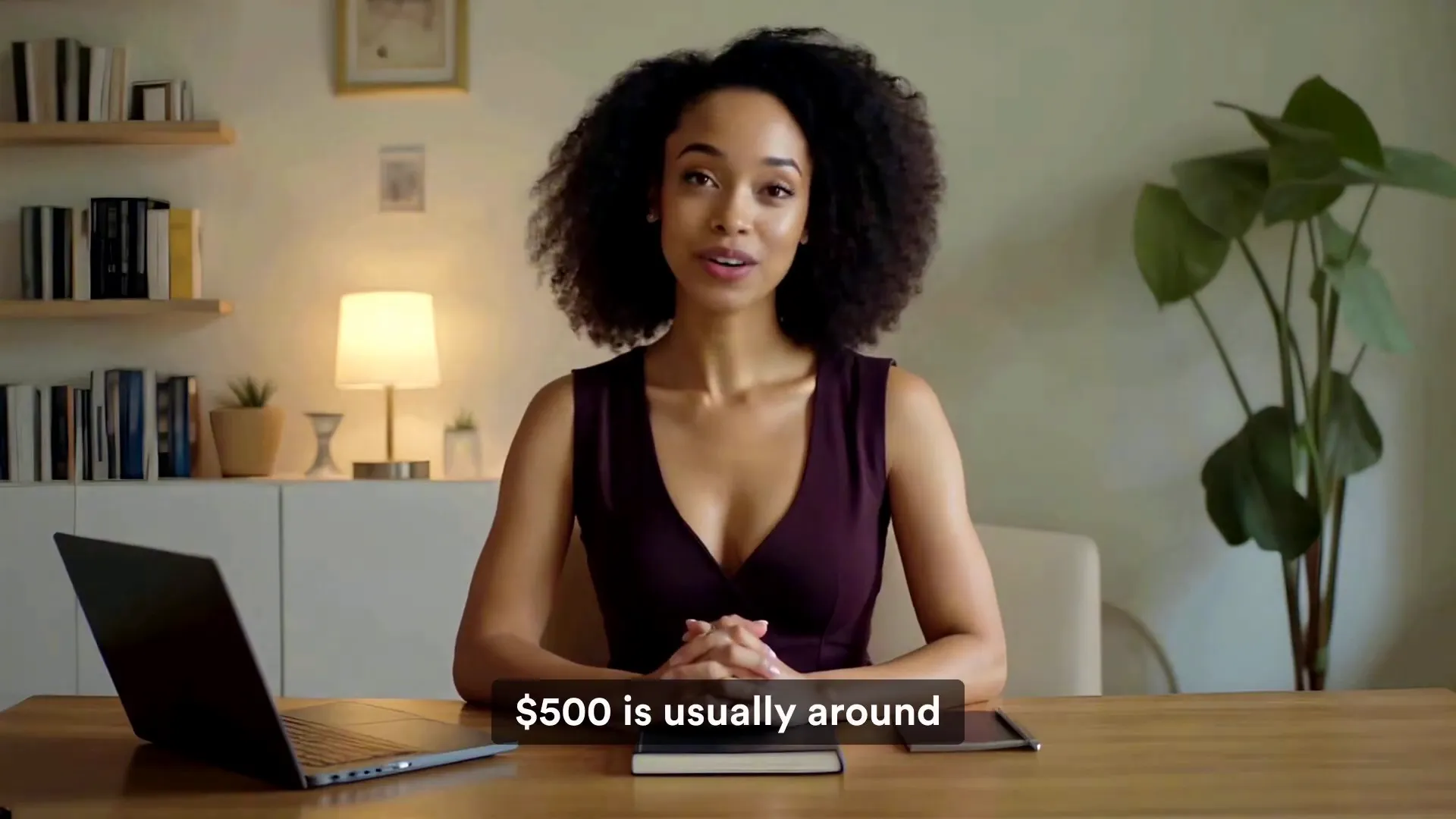
According to Bankrate, a $1,000 balance at about 19% APR can take around nine years to pay off if you only make minimum payments—costing nearly as much in interest as the original purchase. And that’s if you never add new charges. Most people keep swiping, making the debt pile grow instead of shrink.
Compound interest is the real culprit here. Imagine you owe $500, and the card adds $7.50 interest. Next month, you owe $507.50, and interest is charged on the full amount—not just the original $500. Interest on interest causes your debt to balloon even as you pay, like bailing water from a tub while the faucet keeps running.
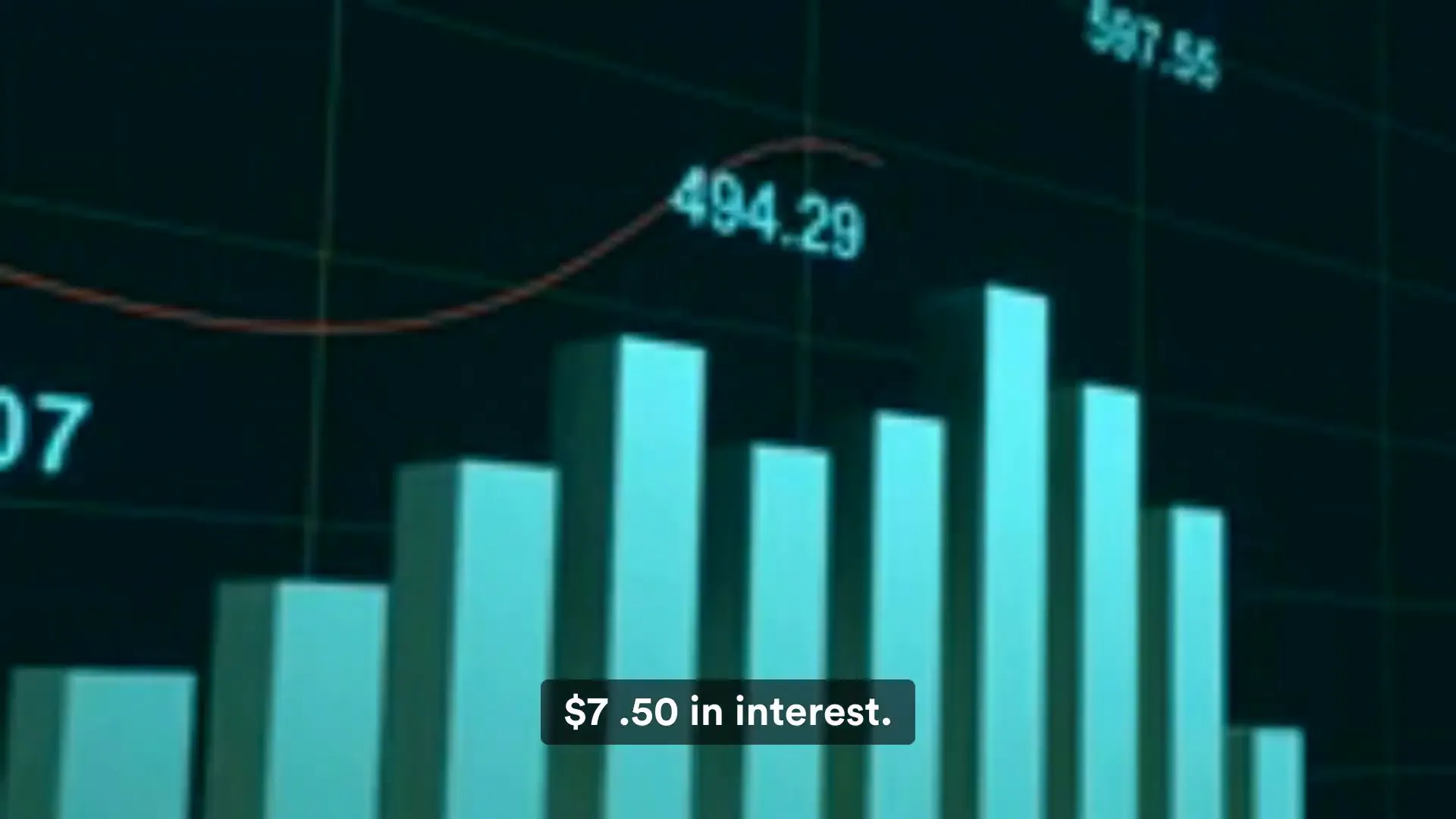
Minimum payments can stretch debt repayment to anywhere from 11 to 28 years. Meanwhile, credit card companies rake in billions from people who believe minimum payments are smart. Each payment is essentially “rent” you pay for borrowing money, turning your debt into a long-term burden that steals years of your financial freedom.
But the cost isn’t just financial. While you’re paying off that old laptop, you’re missing out on opportunities to build wealth. If you took the money you use for minimum payments and invested it instead, your future would look a lot brighter. The minimum payment trap costs you interest and the chance to grow your money.
The Balance Transfer Trap: Why 0% APR Offers Can Backfire
Seeing an ad for a zero percent interest balance transfer card can feel like a jackpot. You think, “I can move my $5,000 debt from an 18% card to this zero percent card and save a ton!” On the surface, it sounds brilliant. But here’s what most people miss.
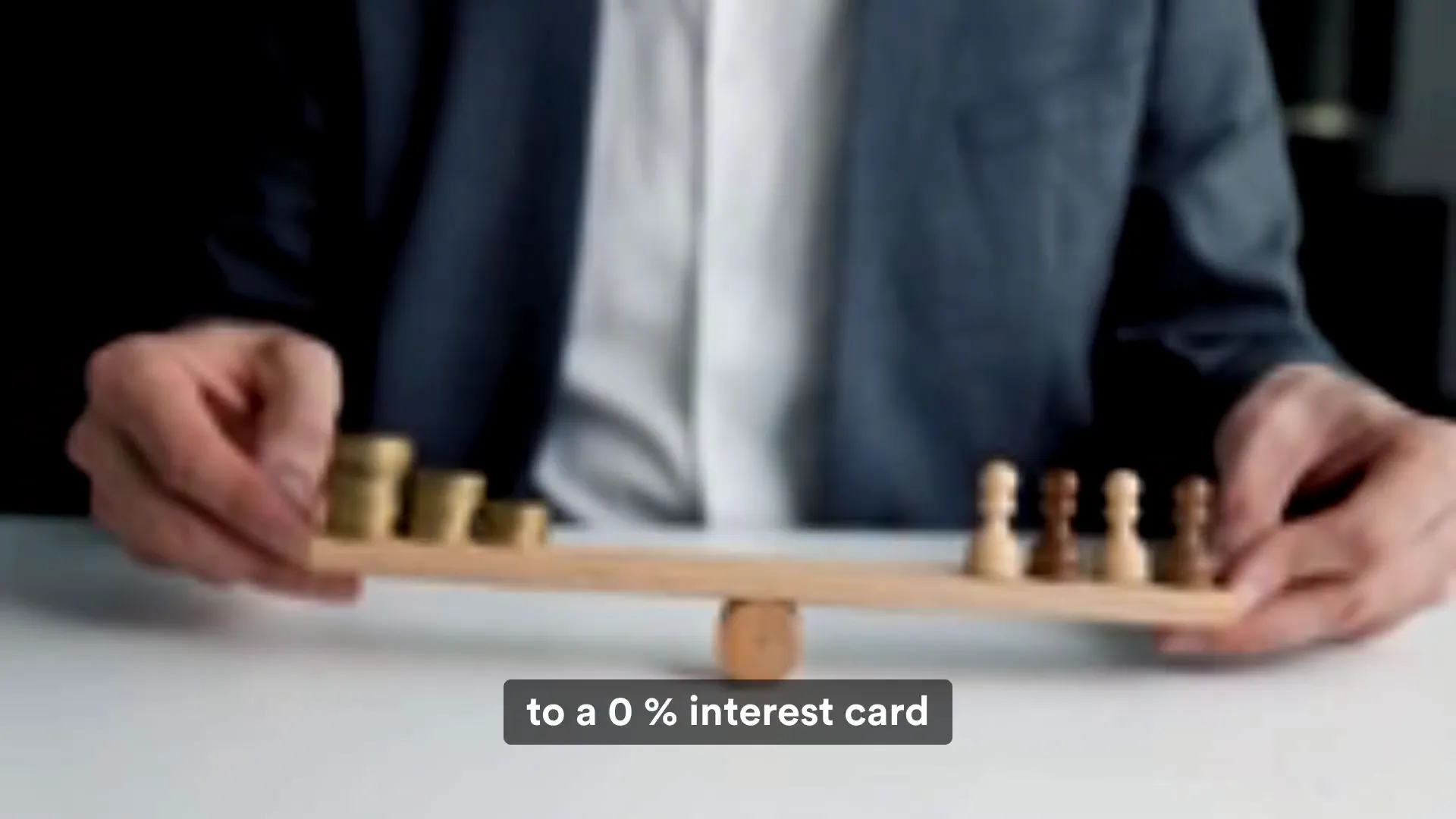
First, balance transfers come with transfer fees—usually 3 to 5% of the amount moved. So transferring $5,000 could cost you $150 to $250 upfront, immediately adding to your new balance. You haven’t saved a penny yet but owe more money.
Think of it like paying a moving company to relocate your debt. The size of the debt hasn’t changed, but you’ve paid extra just to move it.
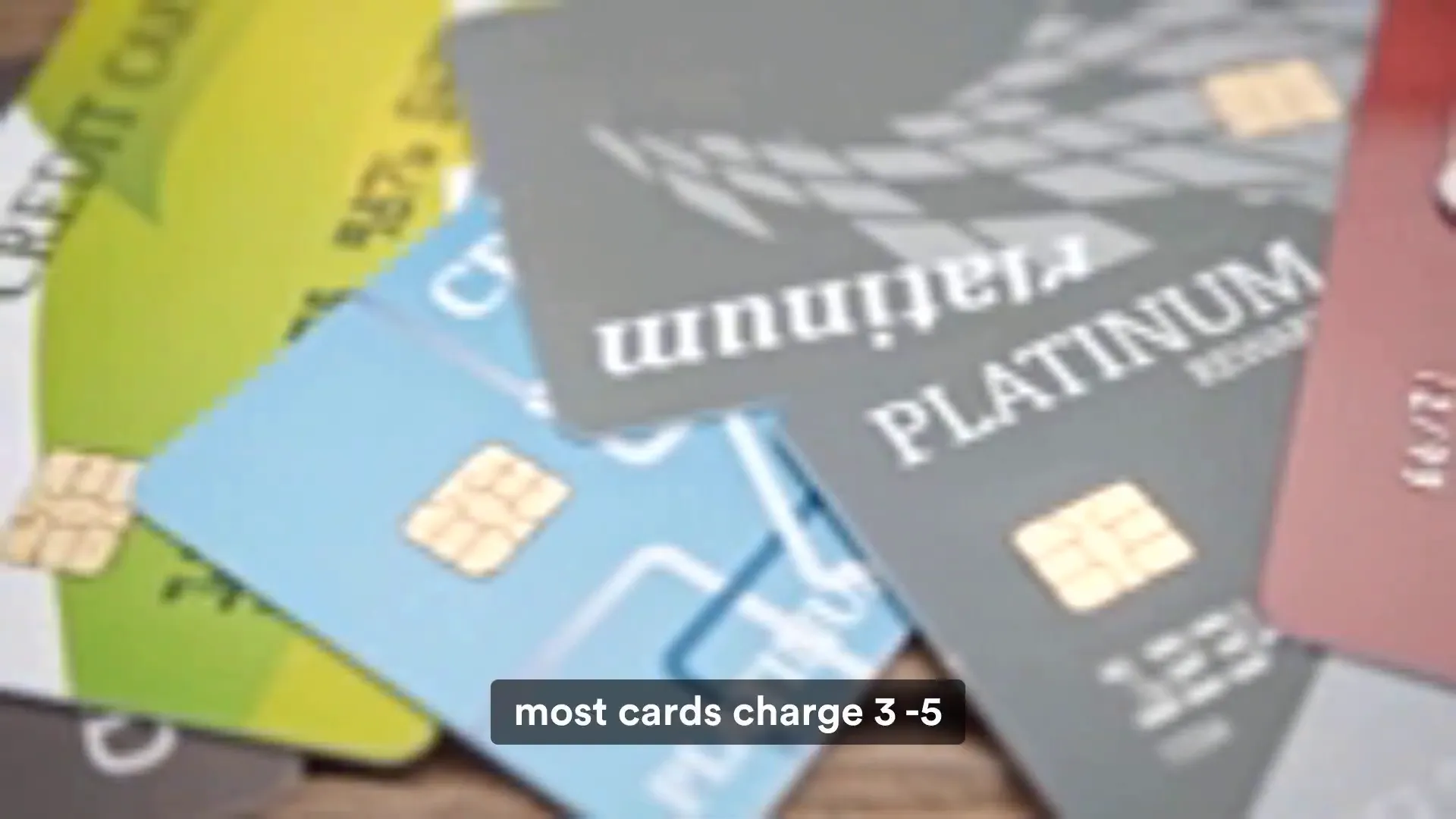
Next, when the promotional zero percent APR expires—often after 12 months—the interest rate usually jumps to something higher than your original card. Many cards spike to 24% or even 29%, so you might end up paying more interest than before.
Even worse, many people start spending on their old card again once the balance is cleared, creating two growing debts at once. The relief from the zero percent interest makes people feel like the problem is solved, so they don’t adjust their spending habits. It’s like taking a painkiller for a broken leg instead of fixing the injury.
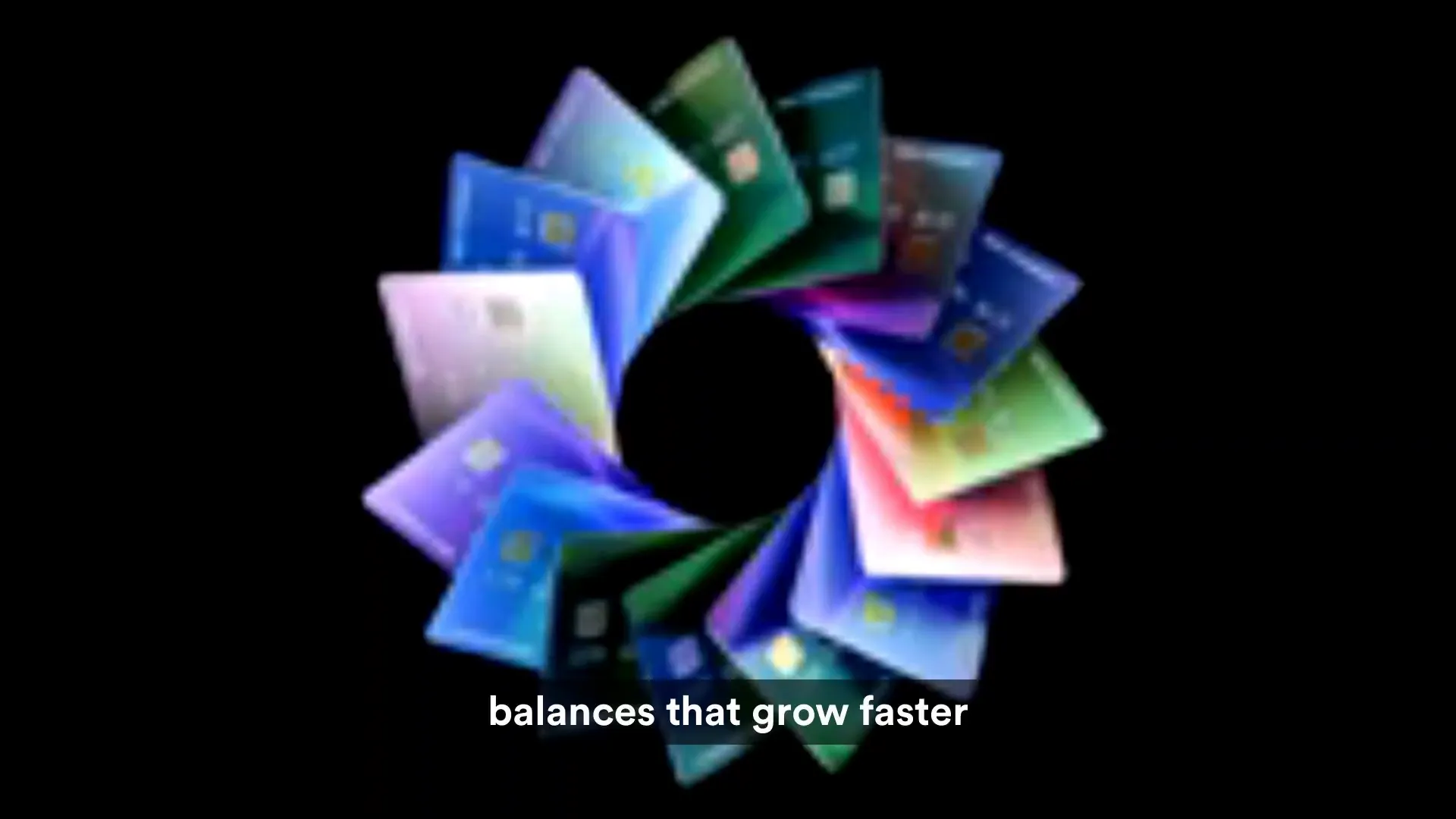
When the zero percent period ends, if you haven’t paid off most of the transferred balance, you face a high APR on a large debt with very little time to prepare. Many wake up with only two months left and realize they barely chipped away at their balance.
This cycle leads people to become balance transfer addicts, hopping from one zero percent offer to the next, paying fees each time, but never truly reducing debt. Credit card companies love this cycle—they profit from fees and expect you to pay high interest eventually.
How to Break Free from These Credit Card Traps
Now that you see how these traps work, here’s what you can do today to regain control:
-
Pay More Than the Minimum: Even an extra $10 a month on your highest-interest card goes directly toward reducing your principal, speeding up debt payoff.
-
Stop Relying on Balance Transfers: Use them only as a short-term tool, not a long-term solution. Address the root cause—overspending.
-
Treat Your Credit Card Like Cash: Pay off your balance in full every month to avoid interest entirely.
-
Build an Emergency Fund: Avoid using credit cards as backup funds. Having real savings prevents debt from piling up in emergencies.
These strategies will help you escape the cycles designed to keep you paying interest indefinitely and start building real financial freedom.
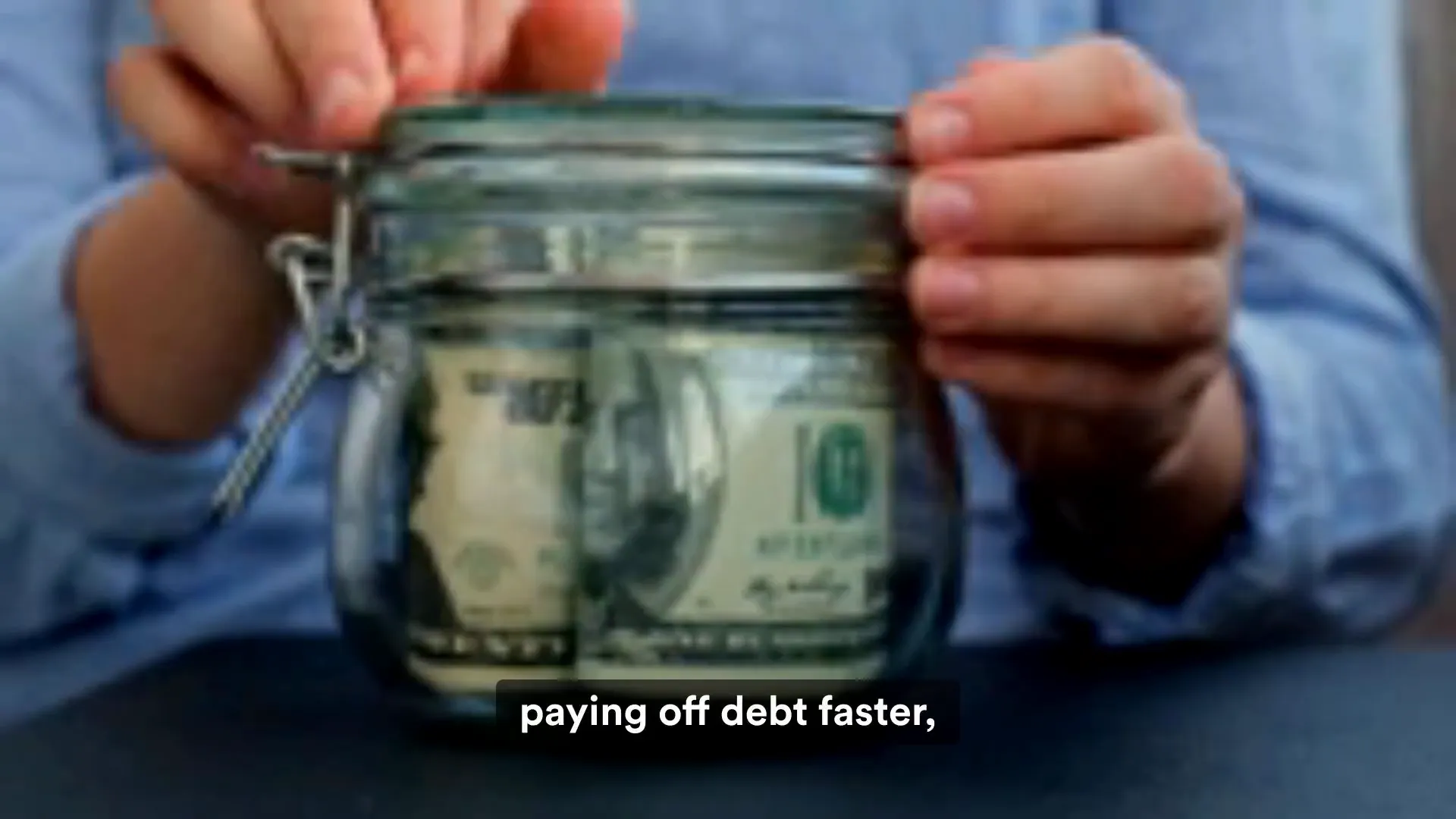
Frequently Asked Questions (FAQ)
Why are minimum payments so low if they keep me in debt for years?
Credit card companies set minimum payments low to encourage continued borrowing. By paying mostly interest, your debt shrinks slowly, maximizing their profits over time.
Are balance transfers always a bad idea?
Not necessarily. They can help if you have a clear plan to pay off the balance during the zero percent period and avoid adding new charges. Without spending changes, they often backfire.
How does compound interest affect my credit card debt?
Interest is charged on your full balance each month, including unpaid interest from previous months. This causes your debt to grow faster, even as you make payments.
What’s the best way to use a credit card without falling into these traps?
Use your credit card like cash: pay the full balance every month, avoid overspending, and never rely on it as an emergency fund. This avoids interest and keeps your finances healthy.
How can I build an emergency fund to avoid credit card debt?
Start small by saving a portion of your income each month in a separate, easily accessible account. Even $500 to $1,000 can cover many emergencies and prevent credit card reliance.
Understanding these credit card hacks that ruin you is the first step to breaking free from debt cycles and building a stronger financial future. Start today by paying a little more, spending wisely, and treating credit cards with respect—not as free money.
Subscribing really helps.
Subscribe to help me create more helpful videos for everyone's benefit.
** Subscribe to @StartWithCents **
🚀 Ready to Build Real Wealth?
You've learned the strategy – now it's time for action!
🎬 Get Weekly Financial Education
Join thousands learning smart money strategies that actually work.
📺 Subscribe to @StartWithCents
💎 Download Your Free Wealth-Building Tools
Get the exclusive "First Dollar Game Plan" – your step-by-step guide to financial freedom.
📚 Continue Your Financial Journey
Explore more money-smart articles and strategies.
📖 Read More Posts • 🏠 Homepage
💡 Remember: Knowledge without action is just entertainment. Take one step today!
